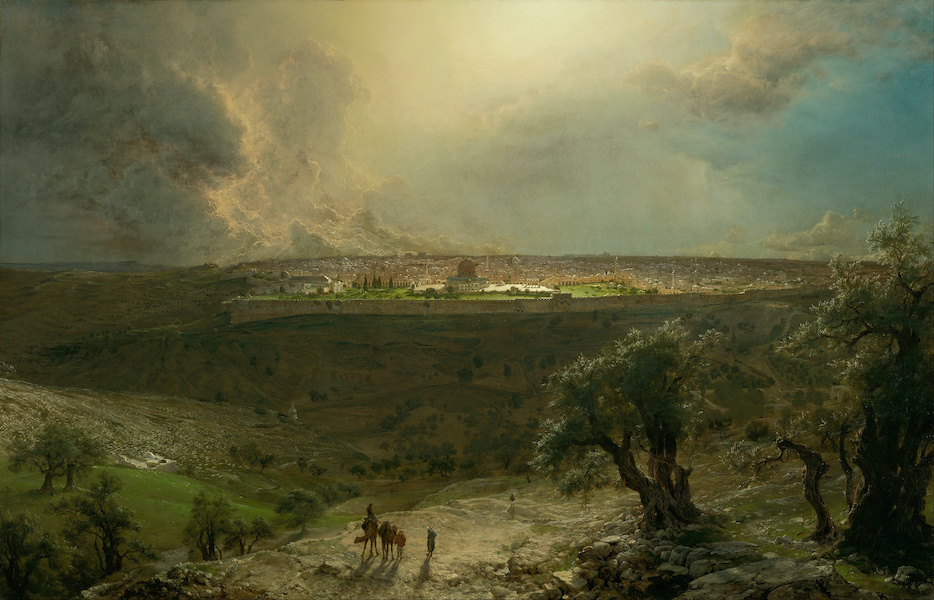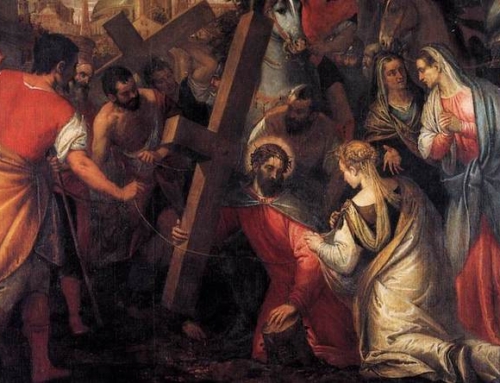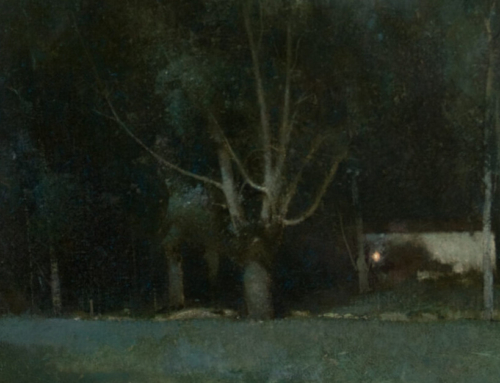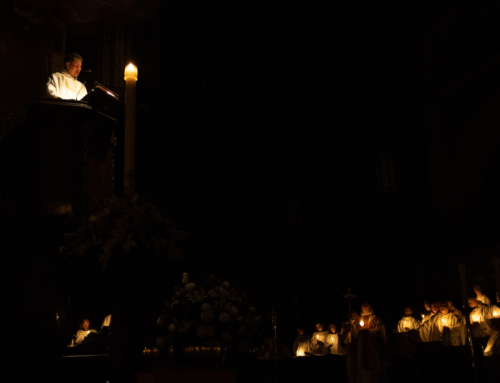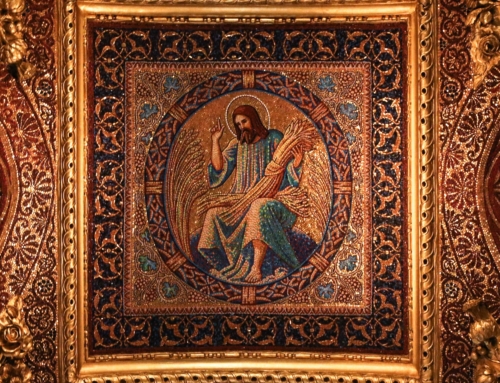This is part of a series entitled, “Pilgrimages: Paths We Tread.” Read the series introduction here. To see other posts in the series, click here.
To leave home and travel to the end of the world—that was trust.
To set out from a stone shack in the cold climbs of the Scottish Highlands, from a shepherd’s hut in the rolling hills of Andalusia, from a low-ceilinged, two-room home in the narrow streets of a Bavarian village. To depart in grand pomp from a palace in Lisbon, or Naples, or Paris. Ships, wagons, carriages, horses, trains, footpaths. To leave all that was familiar in Europe and begin the long journey to a place you knew so much about, yet had never seen; all of Christendom together, both low and high, rich and poor alike (Ps 49:2), streaming toward a land which, though far in distance, was near in heart. It colored the imaginations of crusaders and clerics, of princes and paupers. For nearly two thousand years, the pilgrimage to the Holy Land has been the pinnacle of Christian religious experience and a byword for trust in divine providence.
Devotion to the places of salvation history has existed since the early Church. Once Christianity was legalized in the Roman Empire, benefactors began to endow new, lavish shrines in Palestine. Pilgrims came in droves, to follow the footsteps of the Word Incarnate. Arab conquest of the Levant in the seventh century did not lessen the zeal with which pilgrims from Europe made their way to the Middle East. The Crusades briefly restored Christian hegemony to the Land of Christ. Briefly, for, after all, what is one or two centuries in a land so ancient? Subsequent Ottoman, British, Jordanian, and Israeli control of the Holy Land may have changed the facade of the country ethnically, politically, and architecturally, but the pilgrims keep coming. They trust they will be shown great things there.
I was fortunate to join this long history of trust one summer in college. Admittedly, I cannot relate to the zeal of Egeria or the saintly Louis IX, for I did not have to spend months or years traveling to get to the Holy Land. Just a ten-hour flight. However, I did get to stay several weeks in the Holy Land itself—how the ancient and medieval pilgrims certainly would have done it. And how does the pilgrim spend his time? I sat on the shores of the Sea of Galilee. I ascended Mount Tabor. I walked the road to Emmaus. I stooped down into the cave at Bethlehem. In 100° heat. In the darkness. In the blistering sun. With the sound of chanting in Latin and Greek. With the sound of the occasional rocket. With the sound of the muezzin, the Shabbat siren, and the Angelus bell.
There is one place that captivates the pilgrim more than all the rest. Because in the most consequential of lands, it is the most consequential city this side of heaven. Jerusalem. Though I made several trips throughout the country over the course of the summer, I resided in Jerusalem. Though the city was razed to the ground by the Romans and sacked several times over; though the walls fall and rise with the whims of foolish men; though the plunderers of every generation set about looting the Holy City of its treasures spiritual and physical, a city nonetheless remains: The Lord loves the gates of Zion, more than all the dwellings of Jacob (Ps 87:2). He chose Jerusalem as his place to preach, to pray, to spill his blood. He lamented over her: Jerusalem, Jerusalem, the city that kills the prophets and stones those who are sent to it! How often have I desired to gather your children together as a hen gathers her brood under her wings, and you were not willing! (Matt 23:37).
The Church of the Holy Sepulchre is the center of Christian life in Jerusalem. The Franciscans are the Catholic custodians of the church, sharing care with the Orthodox clergy. The hill of Calvary—where our salvation was won—is located inside the church. The tomb of Jesus—the place which briefly housed the dead body of the living God—is there as well. To sit, to kneel, to wander about in this temple of redemption every day was to live, and die, and walk with him. And every evening, with candles lit and incense thick, the Friars Minor lead a procession to venerate all the holy spots. As the procession begins the ascent to Calvary, up a narrow set of stairs, a friar intones the Vexilla Regis:
Abroad the regal banners fly,
now shines the Cross’s mystery:
upon it Life did death endure,
and yet by death did life procure.
Hail Cross, of hopes the most sublime!
Now, in the mournful Passion time;
grant to the just increase of grace,
and every sinner’s crimes efface.
The pilgrim is humbled before Calvary and is flattened in soul and spirit in the empty tomb. This is what I learned in the Holy Land, in Jerusalem, in the Sepulchre—no, more than learned: what we have heard, what we have seen with our eyes, what we have looked at and touched with our hands (1 John 1:1). It’s nothing new. He has won the victory and paid our ransom. The way of the pilgrim in this world is sure, for the Lord guides the steps of a man and makes safe the path of one he loves (Ps 37:23). The Cross is the victory standard of the one who walks before us lovingly with blood-stained footprints. And all the rest is trust. Learning to trust each day, even after the pilgrimage is over, and we return to the shack or the hut or the low-ceilinged, two-room home. When the suitcase is put away, the staff leaned against the closet wall, and the sights, smells, and sounds of the other side of the world grow fainter in memory. It all is there. And I was there. And Jesus forgave the sin of Adam there. And yet all of that affects me here, in this place, today, in the mundanity of life. To believe the Lord’s Providence will not be outdone. This is trust.
Saint Jerome was so enthralled with the Holy Land that he became a permanent pilgrim, removing himself and his band of contemplatives to Bethlehem, where he founded a monastery. In 386, he wrote to the holy woman of Rome, Marcella, imploring her to join him; his words glow with joy, knowing with thanksgiving and trust what that enchanted land represents:
And when, accompanied by Christ, we shall have made our way back to our cave through Shiloh and Bethel, and those other places where churches are set up like standards to commemorate the Lord’s victories, then we shall sing heartily, we shall weep copiously, we shall pray unceasingly. Wounded with the Saviour’s shaft, we shall say one to another: “I have found Him whom my soul loves; I will hold Him and will not let Him go” (Song 3:4). (Letter 46)
✠
Image: Frederic Edwin Church, Jerusalem from the Mount of Olives (public domain)

